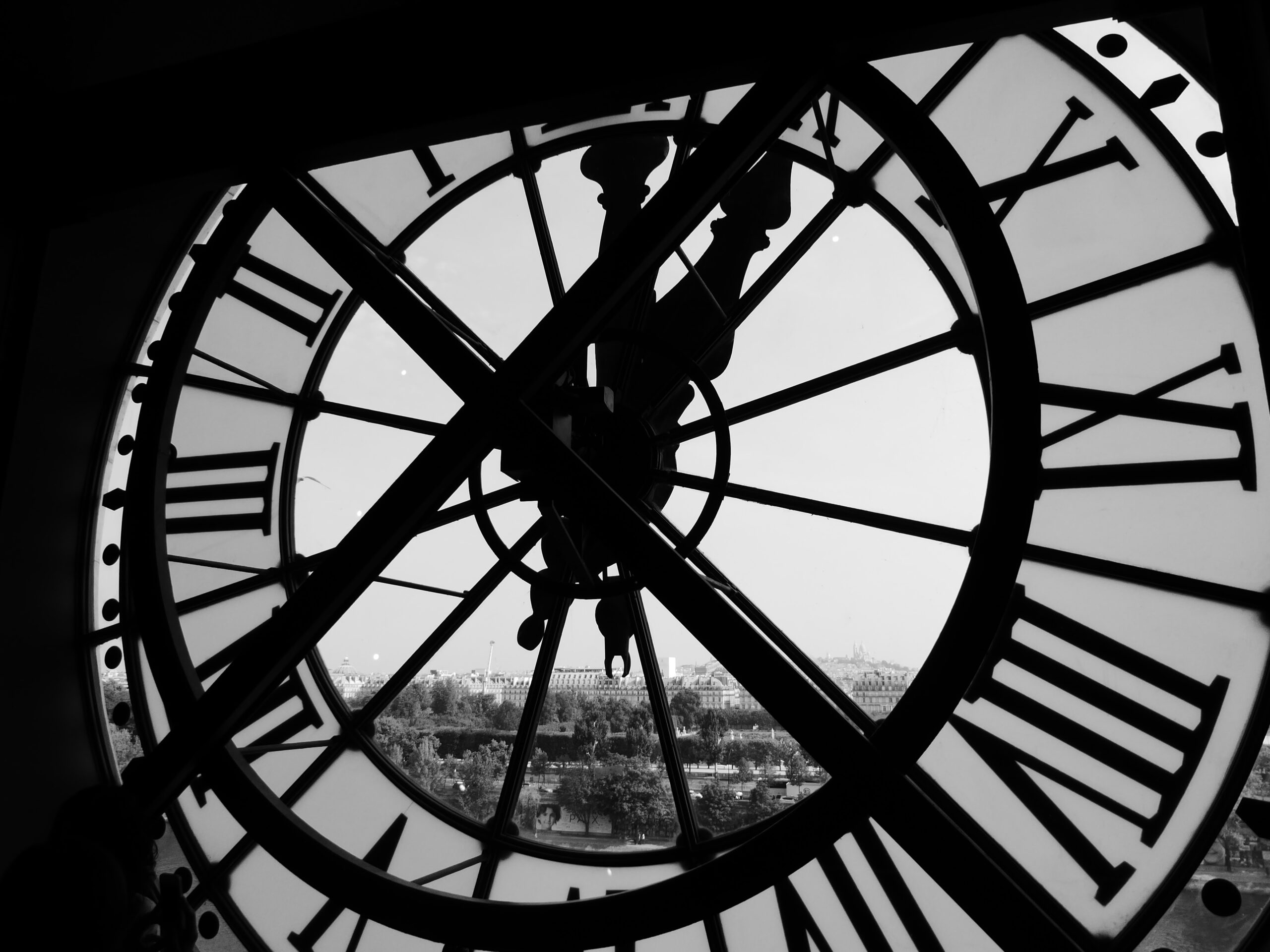I watched City of Prague Philharmonic orchestra concert and at the part where they played John Williams’s scores, I wanted to write more about Star Wars quickly before the intermission ends.
The music that plays when Luke Skywalker got out of his tiny dwelling place and we saw him in the middle of the vastness of his desert ecosystem looking up at the binary star system of his infinite universe. The music, the scene is simply poetic.
This is the part where the hero decides whether to stay in his comfort zone or answer the call (for a reference on Hero’s Journey, look up Joseph Campbell). This is the hardest part in every person’s journey, in between inertia and unimagined possibilities.
And Luke looking up at his binary star system like that which will ultimately collide to spawn a spectacular event before they die, grander than anything in the galaxy, suggests the concept of our place in the universe, which is absolutely profound. And the score communicates that.
Since growing up with a piano, I felt how music can be a higher order, a higher form of math. Art crowns it. But at the core of music are minimum principles. Acoustic is nature. That vibrating sound wave. Nature is chaos and harmony. That half step. That octave. But above all, to allow us outside observers to even witness it unfolding, nature is symmetry and economy. That arpeggio. That melody. Alan Lightman describes nature and cosmos this way in his “Accidental Universe”. I hear it in music too. Music moves us in ways nature does.
I am seriously shamelessly geeking out. Because the scene can also be just a theatrical premonition of his twin in another part of the universe but I prefer the place-in-universe perspective.


